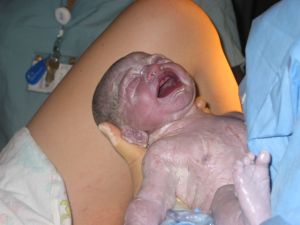 On March 13, 2014, the Florida Supreme Court, by its decision in McCall v. United States of America, exposed the fraud of “Tort Reform” perpetrated on the American public by Karl Rove, George Bush, Jeb Bush and others of that ilk.
On March 13, 2014, the Florida Supreme Court, by its decision in McCall v. United States of America, exposed the fraud of “Tort Reform” perpetrated on the American public by Karl Rove, George Bush, Jeb Bush and others of that ilk.
Michelle McCall, a U.S. military veteran, died from shock and cardiac arrest as a result of severe blood loss after giving birth. She was removed from life support on February 27, 2006. A medical malpractice lawsuit was brought by her survivors, Ms. McCall’s parents and the newborn child. Following a lengthy trial, the district court concluded that the survivors’ noneconomic damages, or nonfinancial losses, totaled $2 million, including $500,000 for Ms. McCall’s son and $750,000 for each of her parents.
However, the district court limited the Petitioners’ recovery of wrongful death noneconomic damages to $1 million upon application of section 766.118(2), Florida Statutes (2005), Florida’s statutory cap on wrongful death noneconomic damages based on medical malpractice claims.
The Petitioners (the survivors) challenged the arbitrary damage caps of 766.118 by appealing to the United States Court of Appeals for the Eleventh Circuit. Even though the survivors lost the appeal, the Eleventh Circuit asked the Florida Supreme Court to take jurisdiction, pursuant to pursuant to Art. V, § 3(b)(6), Fla. Const., because there was no controlling precedent of the supreme court of Florida. The supreme court accepted the invitation.
Continue reading
 Florida Injury Attorney Blawg
Florida Injury Attorney Blawg







 Most people do not know that many doctors who work in hospitals are not hospital employees, but independent contractors. This is not a distinction without meaning.
Most people do not know that many doctors who work in hospitals are not hospital employees, but independent contractors. This is not a distinction without meaning. 